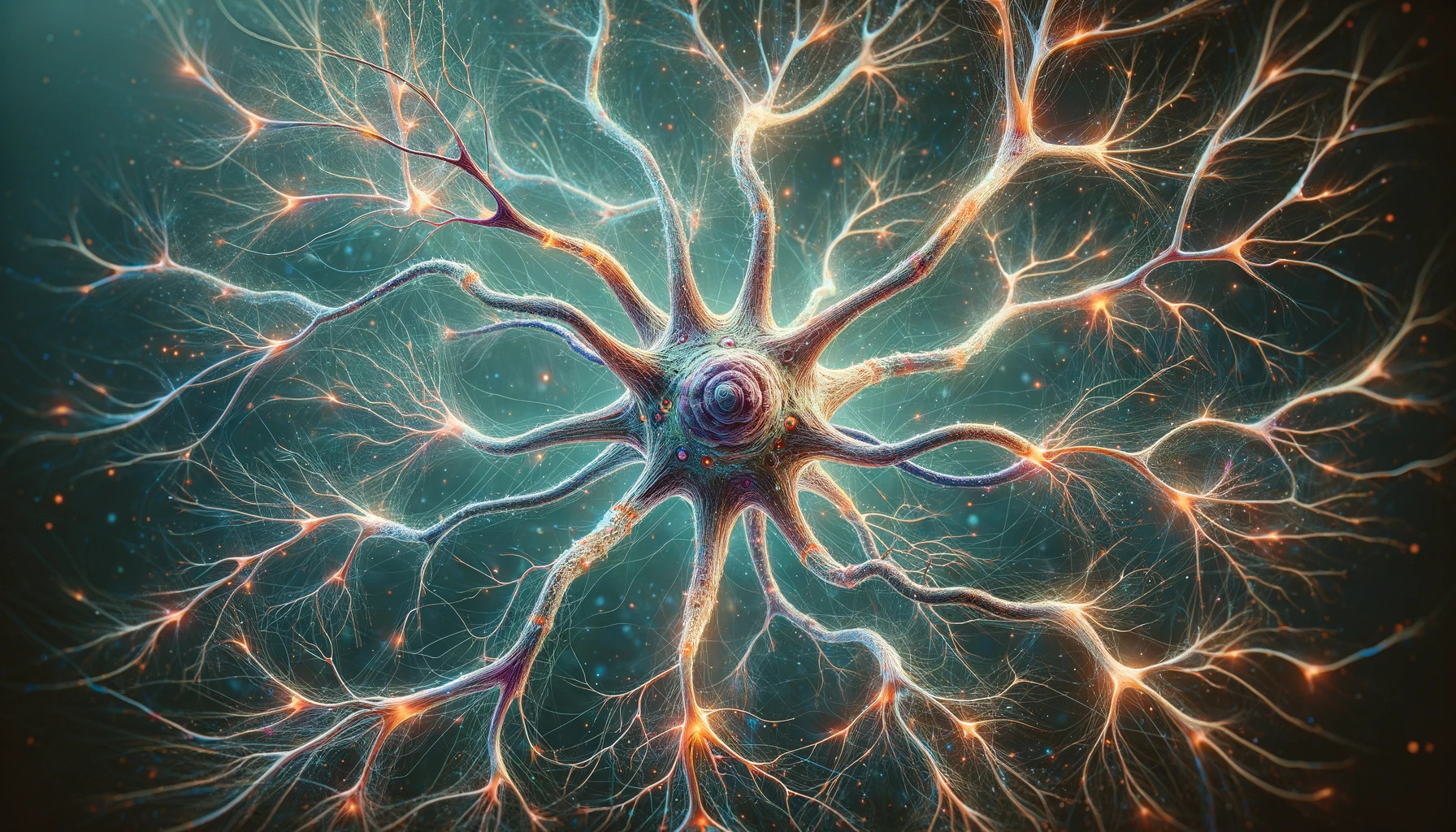Neuroplasticity, often described as the brain’s ability to adapt and change throughout an individual’s life, is a fundamental aspect of brain development, learning, memory, and recovery from brain injury. This complex process allows neurons (nerve cells) in the brain to compensate for injury and disease and to adjust their activities in response to new situations or changes in their environment. The following paragraphs delve into the mechanisms, significance, and implications of neuroplasticity.
Understanding
At its core, neuroplasticity involves the strengthening and weakening of synapses—the connections between neurons—based on their activity levels. When a neuron is frequently stimulated, the synaptic connections it forms with other neurons become stronger. This is often summarised by the phrase “neurons that fire together, wire together.” Conversely, synapses can weaken when the activity levels decrease, embodying the principle of “use it or lose it.” This dynamic nature of synapses underlies learning and memory, as well as the recovery of brain functions after injury.
Mechanisms
Neuroplasticity operates through several mechanisms. One primary mechanism is synaptic plasticity, which involves changes in the strength of synapses. Another mechanism is structural plasticity, where the structure of neurons, including the growth of new dendrites (branches of neurons that act as receptors for synaptic signals) and axons (the long threadlike part of a neuron along which impulses are conducted), changes. Additionally, neurogenesis, the process of generating new neurons, contributes to neuroplasticity, especially in specific areas of the brain such as the hippocampus, which is involved in learning and memory.
The Role of Neuroplasticity in Learning and Memory
Learning and memory are perhaps the most evident manifestations of neuroplasticity. When learning new information or skills, the brain physically changes. This includes the formation of new connections between neurons and the strengthening of existing ones. Memory consolidation, the process of transforming short-term memories into long-term ones, relies on the plastic nature of the brain to stabilize and store these memories across its networks.
Recovery from Brain Injury
One of the most remarkable aspects of neuroplasticity is its role in the brain’s recovery from injury. After a brain injury, such as a stroke, areas of the brain that were not originally responsible for certain functions can adapt and take over those functions from the damaged regions. This capacity for functional reorganization is a key focus of rehabilitation efforts, which aim to encourage and guide neuroplastic changes to improve recovery outcomes.
Implications and Future Directions
The understanding of neuroplasticity has significant implications for treatments of neurological and psychiatric conditions. Therapies that harness the brain’s plasticity—such as cognitive therapy, physical therapy, and certain types of brain stimulation—can lead to improvements in conditions ranging from stroke to depression. Moreover, ongoing research into neuroplasticity holds the promise of developing new, more effective therapies that can better target the underlying mechanisms of brain disorders.
Conclusion
Neuroplasticity is a complex and dynamic process that allows the brain to adapt to new information, experiences, and injuries. Its mechanisms, including synaptic and structural changes as well as neurogenesis, underpin learning, memory, and recovery. Understanding and harnessing neuroplasticity offers exciting possibilities for advancing treatments for a wide range of neurological and psychiatric conditions, highlighting the brain’s remarkable capacity to heal and adapt. As research continues to unfold, the potential for neuroplasticity to improve human health and well-being remains vast and largely untapped, promising a future where the brain’s adaptability can be fully realised in therapeutic settings.
